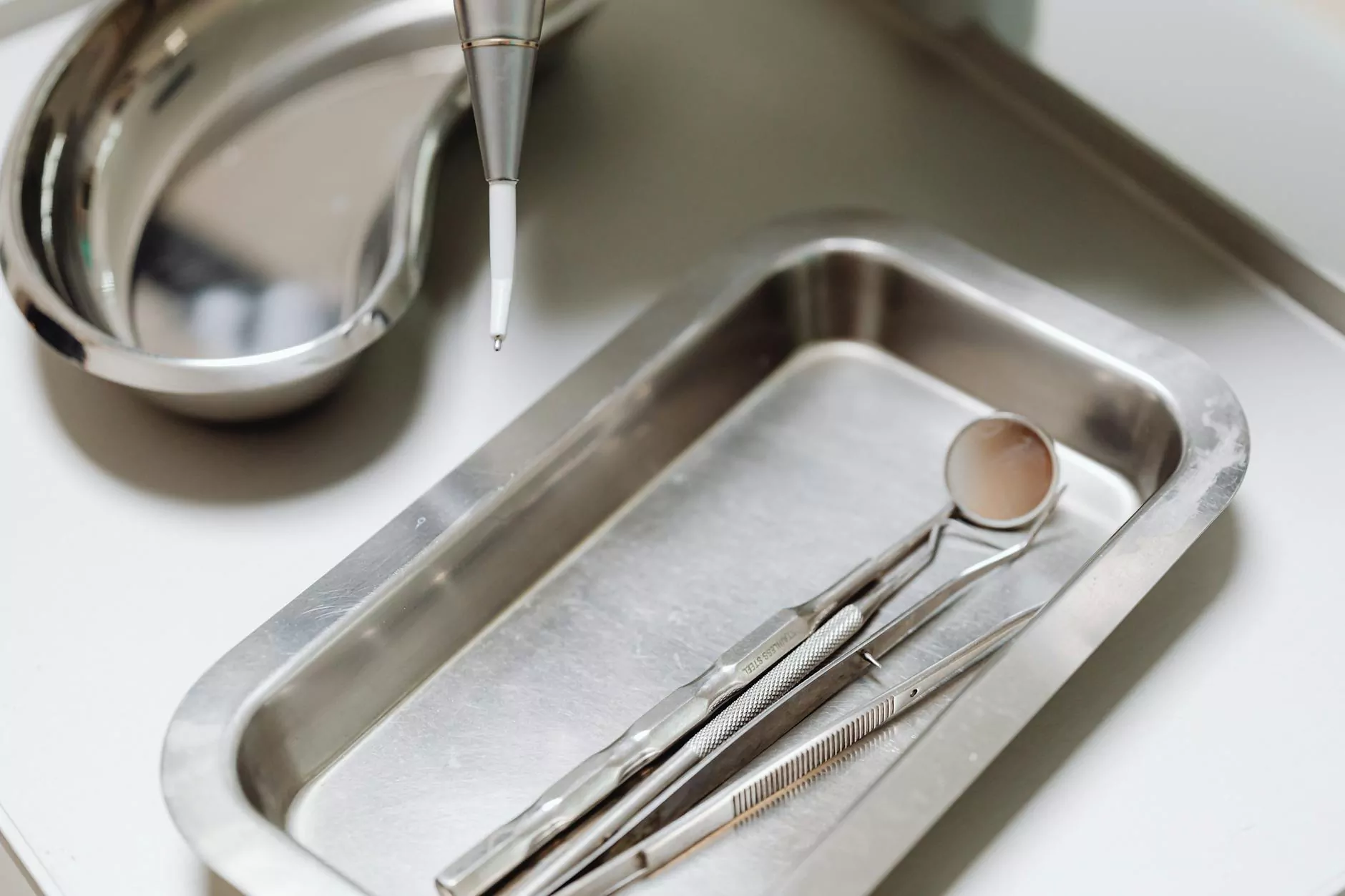What is the Difference Between Tendinitis and Tendinosis?

Tendinitis and tendinosis are terms that relate to the health of our tendons, the fibrous connective tissues that attach muscles to bones. While they may seem similar at first glance, they represent distinct conditions that have different implications for treatment and recovery. This comprehensive guide aims to elucidate the differences between these two conditions, their causes, symptoms, treatment options, and preventive measures to ensure your tendon health.
Understanding Tendinitis
What is Tendinitis?
Tendinitis is characterized by the inflammation of a tendon. This condition typically arises from repetitive movements or acute injuries, leading to pain and tenderness. Commonly affected areas include the shoulders (rotator cuff tendinitis), elbows (tennis elbow), knees (jumper's knee), and heels (Achilles tendinitis).
Causes of Tendinitis
The prevalent causes of tendinitis include:
- Repetitive Motion: Activities involving repetitive use of a tendon can lead to micro-tears and inflammation.
- Aging: As we age, our tendons naturally lose elasticity, making them more susceptible to inflammation.
- Injury: Sudden injuries, such as falls or abrupt increases in physical activity, can provoke tendinitis.
- Medical Conditions: Disorders such as diabetes or rheumatoid arthritis can predispose individuals to tendon inflammation.
Symptoms of Tendinitis
Symptoms of tendinitis can vary in intensity, but they typically include:
- Pain: Localized pain directly over the affected tendon, often exacerbated by movement.
- Swelling: The area around the tendon may show signs of swelling and tenderness.
- Stiffness: The affected joint may feel stiff, particularly after periods of inactivity.
- Decreased Range of Motion: Difficulty in moving the joint and performing everyday activities effectively.
Treatment of Tendinitis
Effective treatment for tendinitis focuses on reducing inflammation and facilitating healing. Common approaches include:
- Rest: Allowing the tendon to heal by avoiding activities that exacerbate the pain.
- Ice Therapy: Applying ice packs can help reduce swelling and alleviate pain.
- Medication: Nonsteroidal anti-inflammatory drugs (NSAIDs) can provide relief from inflammation and pain.
- Physical Therapy: A physical therapist can guide you through stretches and exercises to restore strength and flexibility.
- Injections: In some cases, corticosteroid injections may be recommended to provide temporary relief.
Understanding Tendinosis
What is Tendinosis?
Tendinosis is a chronic condition characterized by the degeneration of a tendon due to prolonged stress or injury without adequate healing. Unlike tendinitis, which involves inflammation, tendinosis signifies a breakdown of tendon fibers, resulting in collagen structure damage.
Causes of Tendinosis
Tendinosis typically develops due to:
- Chronic Overuse: Long-term repetitive strain on a tendon can lead to gradual degeneration.
- Age-related Changes: Older individuals are more prone to tendinosis due to the natural decline in tendon elasticity and health.
- Poor Mechanics: Improper movement patterns during physical activities can place excessive stress on tendons over time.
Symptoms of Tendinosis
While symptoms of tendinosis may overlap with those of tendinitis, key characteristics include:
- Persistent Pain: Unlike the intermittent pain of tendinitis, tendinosis often leads to chronic, nagging pain.
- Stiffness: Individuals may experience stiffness that lasts longer and is more pronounced during periods of inactivity.
- Thickening of the Tendon: Affected tendons may feel thickened or nodular upon examination.
Treatment of Tendinosis
Managing tendinosis requires a different approach than tendinitis, focusing on rehabilitation and structural repair. Treatment options include:
- Exercise Therapy: Specific rehabilitation exercises tailored to rebuilding the strength and resilience of the tendon.
- Shockwave Therapy: This treatment promotes healing and reduces pain by delivering acoustic waves to the damaged area.
- Nutrition: Adequate intake of nutrients, particularly those that promote tendon health, is crucial for recovery.
- Surgery: In severe cases where conservative methods fail, surgical intervention may be necessary to repair the tendon.
Key Differences Between Tendinitis and Tendinosis
The most significant differences between tendinitis and tendinosis hinge upon the nature of the conditions:
- Inflammation: Tendinitis involves inflammation; tendinosis indicates degeneration without inflammation.
- Duration: Tendinitis is often acute, while tendinosis is chronic, usually following a period of untreated tendinitis.
- Treatment Approach: Tendinitis treatment may prioritize rest and anti-inflammatory strategies, while tendinosis focuses on rehabilitation and repair.
Prevention Strategies for Tendon Health
Maintaining healthy tendons is essential in preventing both tendinitis and tendinosis. Here are several strategies to incorporate into your lifestyle:
- Proper Warm-Up: Always perform adequate warm-up exercises before engaging in physical activities.
- Strength Training: Incorporate strength training that focuses on the muscles surrounding joints to support tendon health.
- Adequate Rest: Allow your body as much recovery time as it needs, and avoid overuse of specific tendons.
- Listen to Your Body: Pay attention to pain signals and make necessary adjustments to your activities.
Conclusion
In summary, understanding what is the difference between tendinitis and tendinosis is crucial for effective treatment and prevention of tendon-related issues. While tendinitis is driven by inflammation and often responds well to conservative treatments, tendinosis requires a more structured rehabilitation approach because of its chronic nature. By taking proactive steps to maintain tendon health, such as regular exercise and proper recovery strategies, individuals can minimize their risk of these common conditions.
At IAOM-US, we emphasize the importance of education, prevention, and effective treatment in managing health issues like tendinitis and tendinosis. By staying informed and proactive, you can take charge of your tendon health and lead an active, pain-free life.









